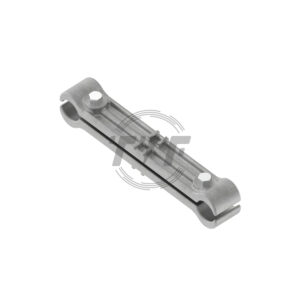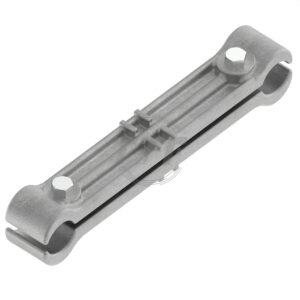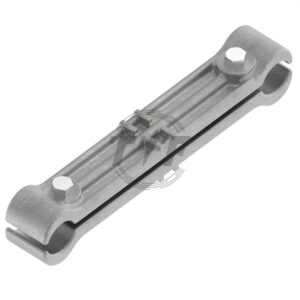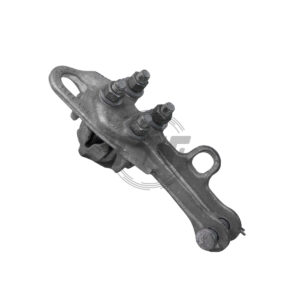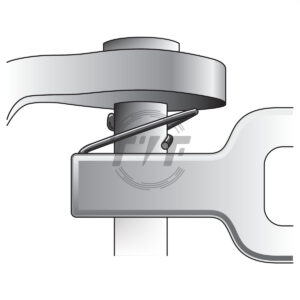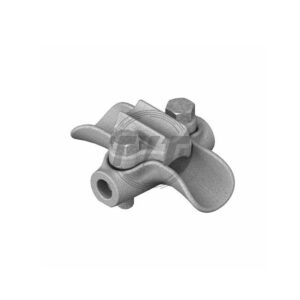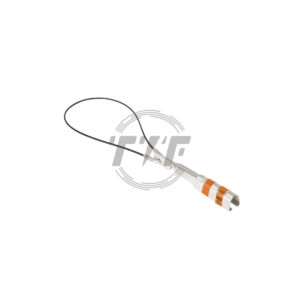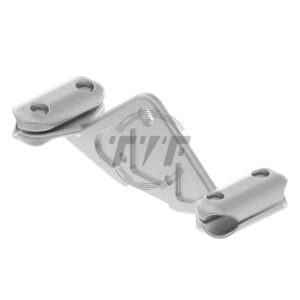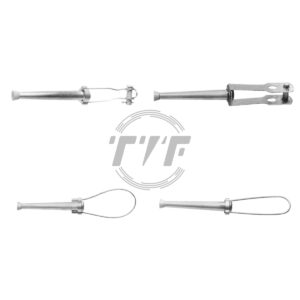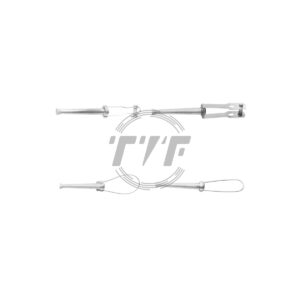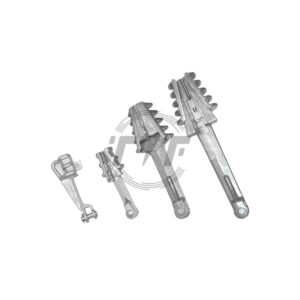Overhead Line Connector
Showing 13–24 of 142 results
-
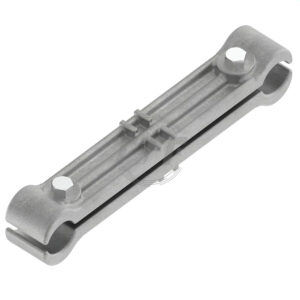
Aluminum Cable Spacer, 6 in Spacing, Range 1.382 – 1.632 in
-

Aluminum Cable Spacer, 3.92 lb
-

Aluminum Cable Spacer, 8 in Spacing, Range 1.382 – 1.632 in
-

Aluminum Cable Spacer, Weight 2.411 lb
-

Aluminum Straight line Deadend
-

Aluminum Suspension Clamp
-

Aluminum Trunnion Suspension Clamp
-

Aluminum Wedge Deadend
-

Aluminum Yoke Plate
-

Automatic Dead Ends for ACSR, AAC, and AAAC Conductor
-

Automatic Dead Ends, 0.33 lb
-

Automatic Side Opening Wedge Deadend
Read More
Overhead line fitting comprise of different accessories installed on the transmission lines in order to initiate connections and attachments between different components.They are used to mechanically provide the network for electrical connections and insuring insulators and conductors in their place. Fittings are designed for different purposes such as terminations, suspension or joining the conductors.
Some of the fittings are also used to protect some of the components against mechanical and electrical damages.Types of Overhead Line Fitting
Cross Arm Brace
These connects the electrical cross arm by bolts and nuts.
Electrical Cross Arm
It is equipment used for holding electric equipment such as power lines.
Alley Arm
It is a sidearm brace that is fashioned to brace a cross arm that is rough. It has a straight edge and a slightly bent side.
Ball Clevis
This is designed to connect the socket insulator by its ball.
Pole Top Bracket
Bracket is used for mounting line post insulators onto the desired positions.
Pole Top Pin
It uses it bolts to support the insulator on top of the pole.
Socket Clevis
It completes the connection between socket clamp and socket type insulator.
Stay Rod
This provides a point of attachment for the guy wire. It insures that the wire is supported firmly to the ground.
Suspension Clamp
Suspension clamp is used to suspend cables or conductors to the pole.
Yoke Plate
Yoke plate is used to couple the electrical clevis and the insulators or the socket tongue.
Guy Clamp
This has grooves through which the cable and conductor pass.
Guy Thimble
This holds the stay wire into its position.
Properties of the Overhead Line Fitting
Mechanical properties determine the general working mechanism of the component and how it interacts with other components in an overhead line. This may include the angle of turn of the components since most transmission line hardware is prone to different mechanical forces. It also includes exertion force which determines the maximum pressure which the overhead conductors can withstand without breaking, bending or getting damaged.
Material properties of the component are important to determine how weak or strong the components are since they are made of different materials. One of the properties includes the hardness of the material which make them strong and resistance to corrosion.
Electrical property of the material include the ability of a component to withstand electric fault current, it should also be able to prevent the current that is created as a result of the interaction between electric current and a magnetic field. They should not cause any interference with the normal flow of the current.
Design of the material is also important as it determines he general outlook of the transmission line. They include aspects such as size, shape and dimensions of the component. These factors contribute to the installation of the components.
Conclusion
In summary, the overhead line fittings are components used in creating connections between the overhead lines and different components. They should meet certain criteria to enable effective use by the end user. This means they should have a hard material that is galvanized or made from stainless steel to be able to resist corrosion and improve the life expectancy of the overhead line structures.
They should also be in the best sizes, shapes and angles to help in easy installation. They should be able to conduct electricity and cause no interference with the flow of current to enhance efficiency. These fittings are mostly applicable in telecommunication lines, fabrication, mining and medical departments. They are also used in supporting different structures that ensure delivery of power to the utility areas such as homes, schools, hospitals and streets.
Frequently Asked Questions
Q. What should be considered before buying overhead line fitting?
A. some of the considerations include the cost, material, design, and manufacturer, mechanical and electrical properties of the component.Q. What are the functions of the overhead line fitting?
A. Overhead line fitting are used to connect the conductor and the insulator to the pole, they protect them from stress and mechanical forces, and they streamline the transfer of electric load in a conductor and secure the cable and conductor through the slip hole.

